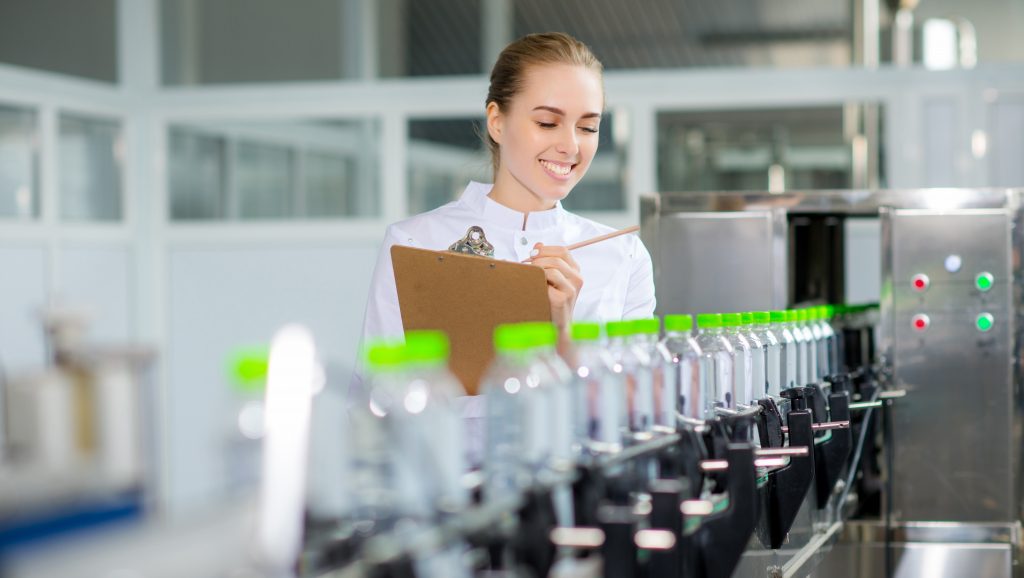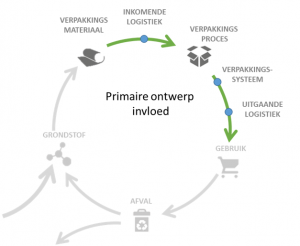Here is an example: suppose you want to package soup. You not only have to choose a material, for example glass, plastic or metal, but also a packaging type, for example a glass bottle, a glass jar, a plastic bag, or a metal can. Each of these options calls for a specific processing process, since filling a glass jar requires entirely different production lines than filling a flexible bag.
- Library
- KIDV model ‘Five perspectives on sustainable packaging’ ®
- Choice of material and packaging process
Choice of material and packaging process
When developing sustainable packaging materials, choosing the right material and packaging process is an important step. When choosing a material, you are basically also choosing a packaging process. This combination determines which packaging types you can produce.

The choices pertaining to the sustainability of a packaging are therefore not limited to the sustainability of packaging materials. In addition to the material itself, the entire packaging process also affects the sustainability. It is important to take the various components of the packaging process into account when developing a sustainable product-packaging combination. This allows you to reduce the environmental impact of the product-packaging combination. This section therefore contains both information about material selection and raw materials as well as points of attention for the packaging process, packaging systems, and logistics.
How is the packaging process structured?
- The initial stages run from the production of the packaging material, including the supply of packaging materials or empty packaging, to the filling process.
- During the filling process, the product and the packaging are combined into a product-packaging combination.
- Next, the product-packaging combination is packaged further in the packaging system. This packaging system usually consists of a pallet that holds a number of transport packaging materials that, in turn, hold the product-packaging combination. All this is transported to the retail location.
- Consumers buy the product-packaging combination. After using the product, the packaging type determines how consumers should dispose of the used packaging.

When developing packaging materials, the focus is often on only a part of the packaging chain (indicated with green arrows). This section of the chain runs from the material production to the moment at which the packaging material is disposed of. For organisations looking to make their packaging materials more sustainable, this is the most insightful part of the chain. Corporations often work together well with the suppliers of their packaging materials and the buyers and retailers responsible for sales.
However, the remaining part of the chain, indicated with light-grey arrows in the illustration, also has a major impact on the sustainability of product-packaging combinations. This section of the chain runs from the disposal phase via raw materials to the production of packaging materials and closes the chain for a circular economy. More information about this topic can be found in the section on Packaging in a circular economy.
More information
Material usage and raw materials
How can you choose the right material and minimise the environmental impact? How can you use raw materials in an optimally sustainable manner?
Packaging process
How can your packaging development process contribute to the improved sustainability of the packaging process?
Packaging systems
How can you make sure that the various packaging layers that make up a packaging system are optimally coordinated and used as efficiently as possible?
Logistical efficiency
How can you improve logistical efficiency with your packaging development process? How can you handle both incoming packaging materials and outgoing product-packaging combinations more efficiently?